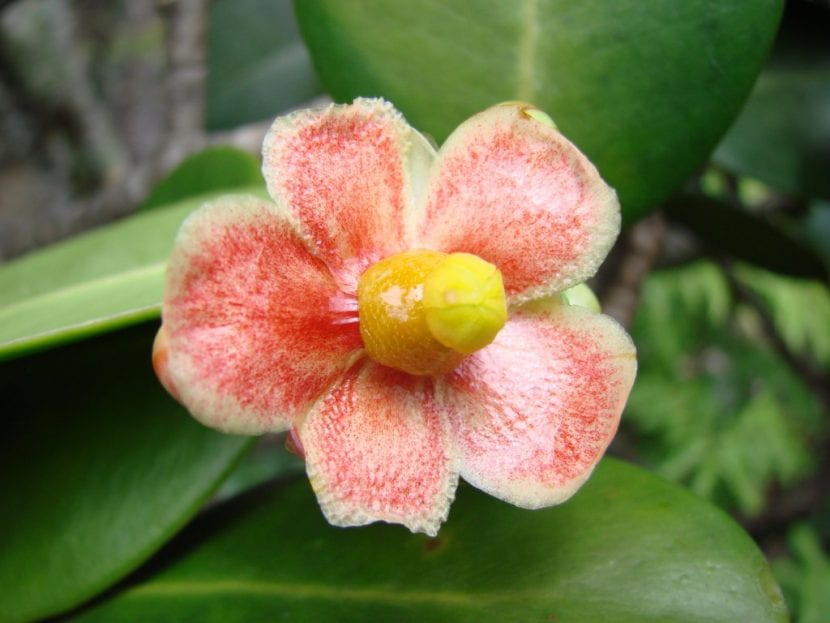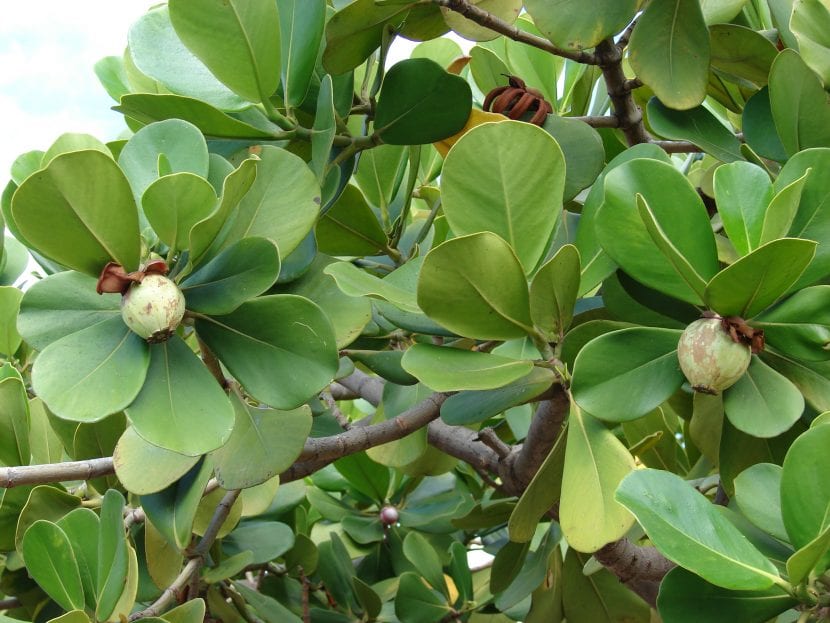
clusia wedelliana
Image - Flickr / João de Deus Medeiros
Plants of the genus clusia They are a marvel: they have large, leathery, perennial leaves, and they also produce brightly colored flowers. Its maintenance is not very easy, since they are native to the tropical regions of America, but it is interesting to know them because their cultivation in greenhouses or even in interior patios with light is easy.
So if you want to know what its characteristics are, as well as its care, then I will tell you all about them 🙂.
Origin and characteristics

clusia rosea
Image - Wikimedia / Forest & Kim Starr
They are trees, shrubs and climbers whose genus is Clusia, which is composed of 408 described species of which there are only 306 accepted. The leaves are opposite, 5 to 20cm long by 5 to 10cm wide, leathery and green.
The flowers have 4 to 9 petals, and can be white, greenish-white, yellow or red. The fruit is a greenish-brown hard capsule that contains red seeds.
Main species
The most popular are:
- clusia fluminensis: it is a shrub or small tree up to 6 meters high, which produces white-pink flowers.
- Clusia Major: it is a tree that in its places of origin reaches 18 meters in height. Produces white flowers.
- clusia rosea: is the best known. Its common names are copey or wild mamey, it is a tree that reaches between 5 and 20 meters in height. Its whitish flowers, with a reddish center. See file.
What are their cares?

Image - Wikimedia / Forest and Kim Starr
If you want to have a copy, we recommend that you provide it with the following care:
- Location:
- Indoors: in an interior patio with light, away from drafts.
- Outdoors: in full sun, or in a greenhouse if the weather is cold.
- Earth:
- Pot: mulch mixed with 30% perlite for example.
- Garden: fertile, with good drainage.
- Irrigation: about 3 or 4 times a week in summer, a little less the rest.
- Subscriber: from the beginning of spring to the end of summer with fertilizers such as guano or earthworm humus.
- Multiplication: by seeds in spring.
- Rusticity: it does not resist cold or frost.
What do you think of these plants?